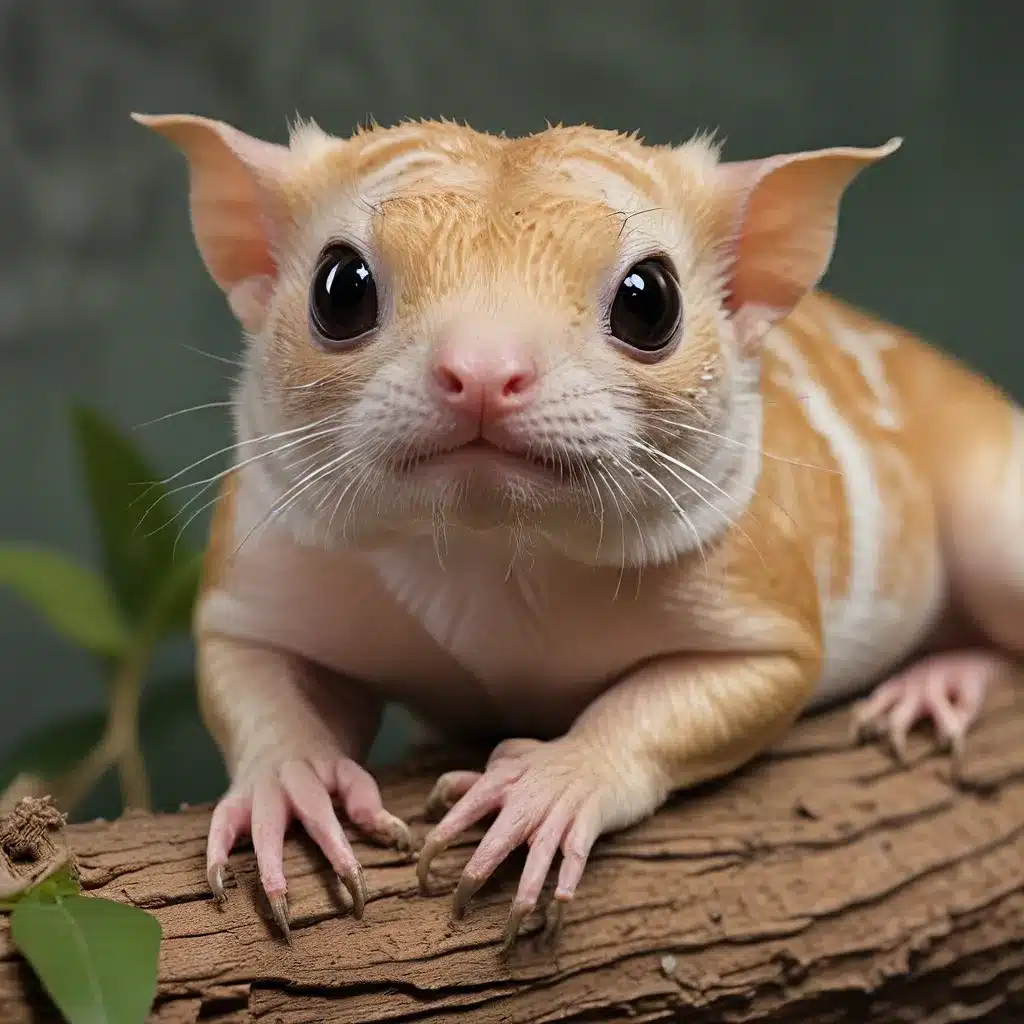
Ahh, the siren song of the wild – it beckons us, doesn’t it? The thought of sharing our homes with a miniature version of a leopard or tiger, a sleek and elegant creature that epitomizes the untamed grace of the natural world. It’s a tantalizing idea, one that has captivated cat lovers and exotic pet enthusiasts alike. But, my friends, before you succumb to the allure of hybrid cats, let’s dive into the hidden dangers and crucial considerations that come with these intriguing, yet potentially problematic, feline companions.
The Rise of Hybrid Cats
It all started back in the 1970s, when curious scientists began exploring the possibility of creating hybrid cats to study their resistance to Feline Leukemia Virus (FeLV). They bred domestic cats, Felis catus, with the Asian Leopard Cat, Prionailurus bengalensis, a small wild feline native to Asia.
As the early generations of these hybrids, known as the F1-F3 foundation generations, were released into the pet trade, a new trend emerged – the desire to own a “miniature leopard” or other exotic-looking cat. Breeders seized the opportunity, and soon the Bengal breed was officially recognized in the 1980s.
But the hybridization craze didn’t stop there. Other exotic mixes soon followed, including the Savannah, a cross between a Serval (Leptailurus serval), a wild cat from Africa, and a domestic feline, as well as the Chausie, a blend of the Jungle Cat (Felis chaus) and the humble house cat.
The Dangers of Hybrid Cats
Now, I know what you’re thinking – these hybrid cats must be the perfect blend of wild and domestic, right? The perfect combination of captivating appearance and cuddly, affectionate personality. But the truth is, these hybrid cats are far from the ideal pet.
For starters, those early foundation generations, the F1-F3s, are essentially wild animals with all the aggressive tendencies and unpredictable behaviors that come along with that. Breeders may try to sell you the dream of a domestic cat with a wild look, but the reality is that these hybrids can be a ticking time bomb in your home.
One of the most common issues? Lack of litter box use. You see, outdoor wild cats mark their territory through urination and scratching – behaviors that are deeply ingrained in these hybrid felines. Trying to get them to consistently use a litter box can be a never-ending battle, leading to frustration, damaged furniture, and strained relationships.
And then there’s the issue of aggression. Wild cats are solitary by nature, and that innate loner mentality can make them incredibly unpredictable, even with their own families. These hybrids may attack household members, other pets, or even unsuspecting neighbors if given the chance to roam.
But the problems don’t stop there. Hybrid cats are also more prone to various health issues, including digestive problems like inflammatory bowel disease (IBD) and infections with parasites like Tritrichomonas foetus. And the lack of approved vaccinations for these hybrid animals means their wellness is always a concern.
The Ethical Dilemma
Now, I know what you’re thinking – with all these risks, why would anyone in their right mind want a hybrid cat? Well, my friends, the allure of the exotic is a powerful one. Breeders know this all too well, which is why they’ll happily charge upwards of $20,000 for a hybrid kitten, compared to a mere $2,000 for a purebred domestic breed.
But let’s take a step back and really examine the ethics of this situation. These hybrid cats are the result of an unnatural breeding process, where two species that would never have mated in the wild are forced together. And the consequences can be dire, with aborted pregnancies, premature births, and a host of medical issues that these poor animals are forced to endure.
And let’s not forget the millions of domestic cats that are euthanized in shelters every year due to a lack of adoptive families. Shouldn’t we be focusing our efforts on providing loving homes for these wonderful felines, rather than creating new, problematic breeds?
Embracing the Wild Within
I know, I know – the idea of owning a mini-leopard or a pocket-sized tiger is undeniably captivating. But before you succumb to the siren song of the hybrid cat, I implore you to take a long, hard look at your individual situation and lifestyle. Can you truly provide the specialized care, attention, and accommodations these animals require? Are you prepared to deal with the behavioral and health issues that may arise?
Because here’s the truth, my friends: those hybrid cats may look like little versions of their wild counterparts, but they are still genetically programmed to be wild. No amount of domestic breeding can undo thousands of years of evolution.
Instead of bringing the jungle into your home, why not embrace the wild spirit that lives within every domestic cat? After all, our feline companions at Golden Exotic Pets already possess the grace, agility, and predatory instincts of their larger, wilder cousins. With a little patience and understanding, you can nurture that untamed essence while enjoying the companionship of a truly domestic pet.
So, before you take the plunge and bring home a hybrid cat, I urge you to think long and hard about the consequences. The risks far outweigh the rewards, and the well-being of these animals should always come first. Let’s leave the exotic cats where they belong – in the wild, where they can thrive as nature intended.

